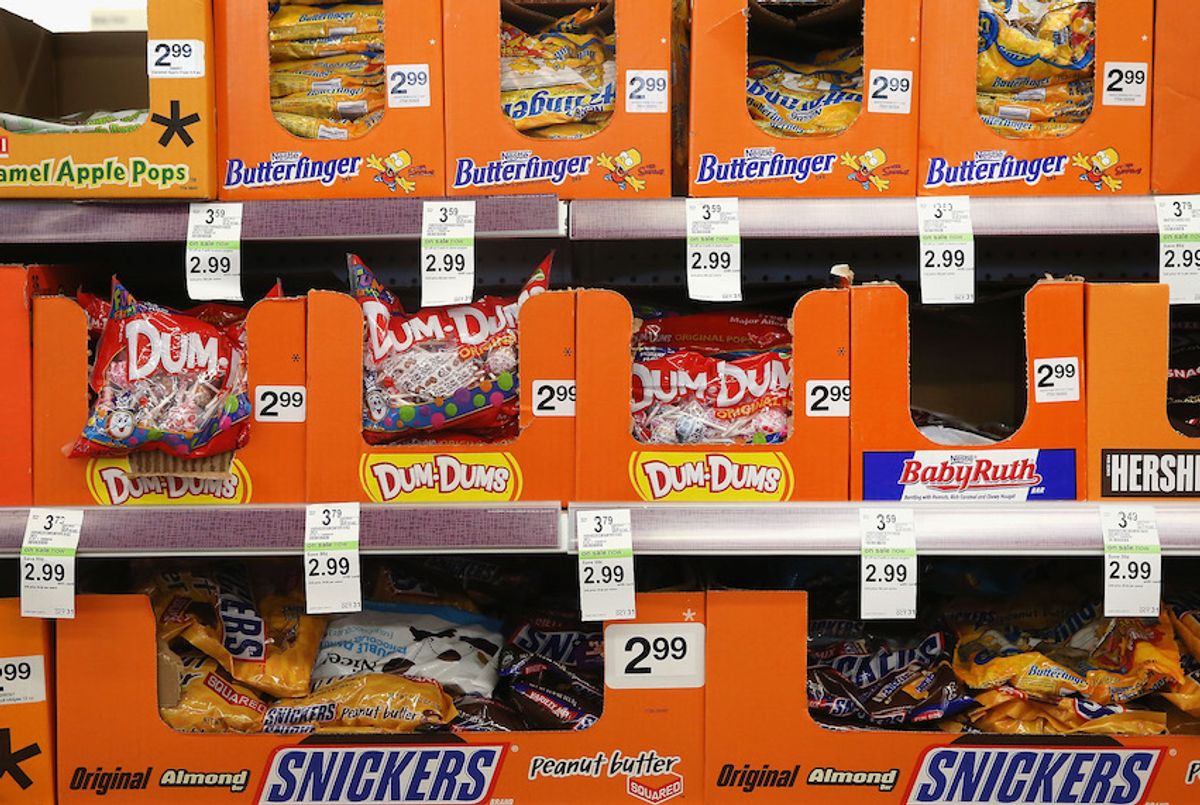Halloween spending is out of control.
Americans are expected to spend US$8.8 billion on candy, costumes and decorations this year — or $86 for every person who plans to celebrate. That includes a half a billion dollars on costumes that Americans are buying for their pets, which is double the amount they spent a decade ago. Pumpkins and hot dogs are the favorites.
How did a holiday that began as a way to honor the dead morph into just another ritual of over-the-top American consumption? As a relatively frugal person who has reused the same Halloween costumes for years, I found the $86 figure shocking. But I’m hardly the first economist to moan about out-of-control consumerism.
Day of the decadent
Halloween started as a Celtic holiday honoring the dead.
It was then adopted by the Catholic Church as a time to remember saints. One research paper described Halloween as an “evolving American consumption ritual,” but a better description might be an over-the-top spending ritual.
To put the $8.8 billion being spent on Halloween in context, the budget for the entire National Park Service is only $4 billion. The U.S. spends less than $2 billion on flu vaccines.
The $86 average may not give us an accurate look at per-person spending. Only about two-thirds of respondents to the National Retail Federation’s annual survey of Halloween spending said they were celebrating the holiday. And while some spend nothing, others go overboard.
As just one example, the Palo Alto neighborhood where Silicon Valley’s tech stars live is a sight to behold as local moguls try to outdo each other on Halloween decorations, candy and bands.
Why people spend like crazy
In the late 1890s, an economist named Thorstein Veblen looked at spending in society and wrote an influential book called “The Theory of the Leisure Class,” which explained reasons why people spend. It laid out the idea that some goods and services are bought simply for conspicuous consumption.
Conspicuous consumption is designed to show others you are rich, smart or important. In Veblen’s mind, conspicuous consumption was spending more money on items than they are really worth. Veblen pointed out that people buy homes with rooms that are rarely used, just to show off the owner’s wealth.
If Veblen were writing about the world today, he would probably not focus on real estate. Instead, he might be using examples of people trying to attract attention on Instagram by dressing their pets in expensive costumes.
Understanding how much people spend on holidays like Halloween and other activities is important because this shows what society values. And apparently, we value what others can see us consume.
# # #
Jay L. Zagorsky, Senior Lecturer, Questrom School of Business, Boston University
This article is republished from The Conversation under a Creative Commons license.



Shares